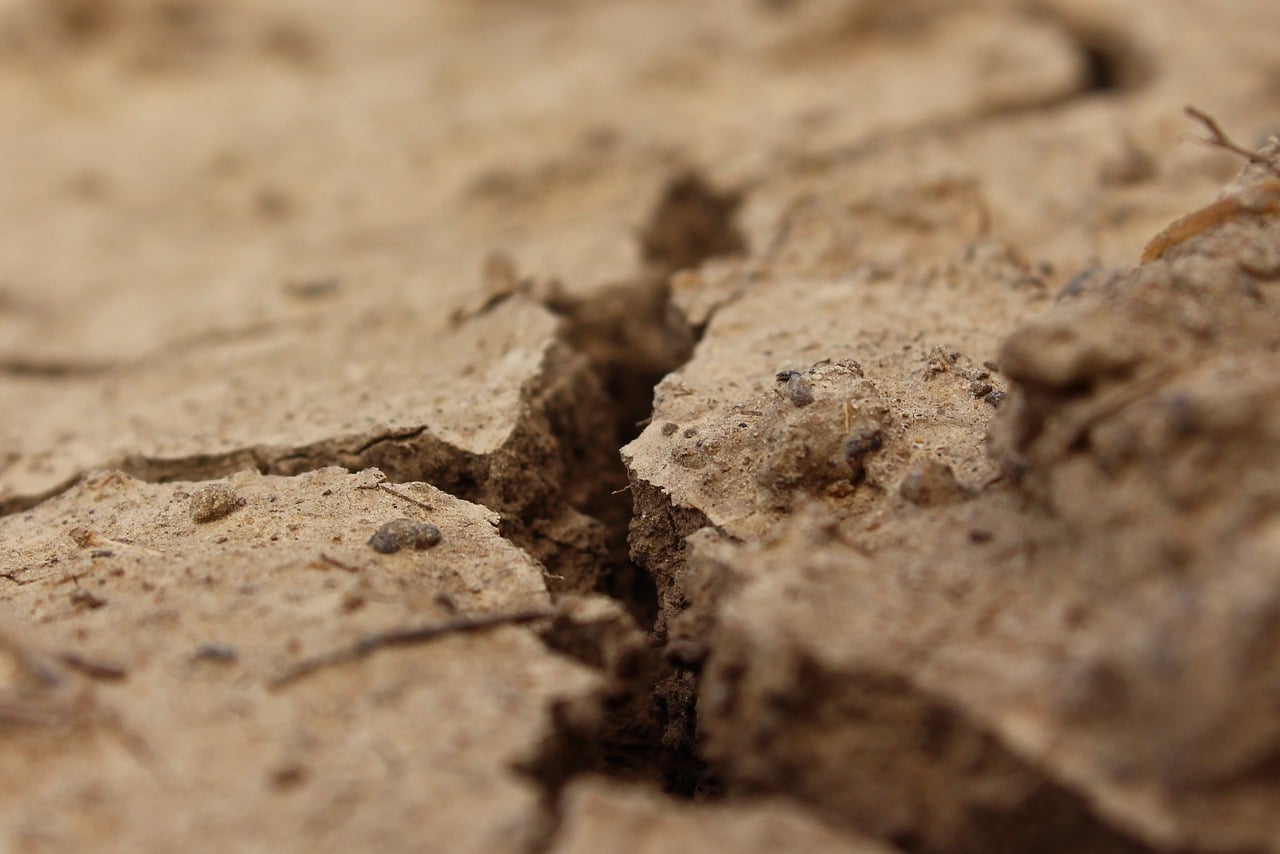
Drought occurs when dry weather lasts longer than what is considered normal.
Drought is long-lasting dry weather . During drought, the available water in a certain geographic region is below the usual parameters; Therefore, it is not sufficient to satisfy the needs of humans, animals and plants.
The most common cause of drought is a lack of precipitation. When it does not rain for very long periods, meteorological drought arises and, if it persists, it leads to a hydrological drought .
Consequences of drought
There is, in times of drought, an inequality between the natural availability of water and demand . The drought seriously affects agriculture (there is not enough water for the development of crops ) and livestock (animals become dehydrated), causing million-dollar losses to these economic sectors.
As water sources dry up, the supply of drinking water is also likely to be reduced. It is important, therefore, to limit and control consumption throughout the year, but especially in the dry seasons.
Aridity can generate desertification of a terrain , which means that the soil in arid, semi-arid or dry subhumid areas ends up acquiring the characteristics of deserts due to the degradation of the terrain. This degradation can have multiple causes; among them, the lack of water.

The desertification of a land is one of the possible effects of drought.
The case of Spain
It is important that authorities take measures to avoid drought, avoiding behaviors that contribute to climate change and adequately managing water management (for example, through the control of irrigation canals).
In Spain, there is an organization called the National Drought Observatory (ONS), created as a result of a joint initiative of several organizations and communities, with the purpose of uniting all the hydraulic administrations of the national territory that have jurisdiction over water, to build a research center that is capable of anticipating droughts, as well as studying them and monitoring their consequences.
Drought study
Every year, the monsoon winds bring their seasonal rains to Asia , which are of great importance for 50% of the population of our planet; When these do not arrive, the entire world goes hungry. According to a publication in the magazine " Science" , research focused on the observation of 300 Asian trees revealed that in the last millennium four megadroughts took place that impacted the world's population.
The study managed to reconstruct three essential climate phenomena of the last thousand years: the decline of the Medieval Climate Anomaly , the Little Ice Age and the climate change of our times. The information was obtained by reading the ring-shaped marks that are made each year on the trunks of the trees , whose dimensions are usually determined by the rains.
Over more than 15 years, scientists analyzed specimens of trees old enough to have survived intense droughts, in an area ranging from northern Australia to Siberia . The first of the great droughts that were discovered in this fruitful investigation dates back to the mid- 17th century , and is closely related to the fall of the Ming dynasty; According to tree rings , it appears to have lasted three years and to have especially affected northwest China , near Beijing .
A century later, from 1756 to 1768 , a historical moment that saw the fall of the kingdoms of present-day Thailand , Burma and Vietnam , the second of the recorded droughts especially hit Siberia and western India . By 1790 , the third coincided with uprisings and rebellions of the stature of the French Revolution . Finally, between 1876 and 1878 , the so-called Great Drought punished the tropical areas and generated devastating famines, which claimed more than 30 million lives .
